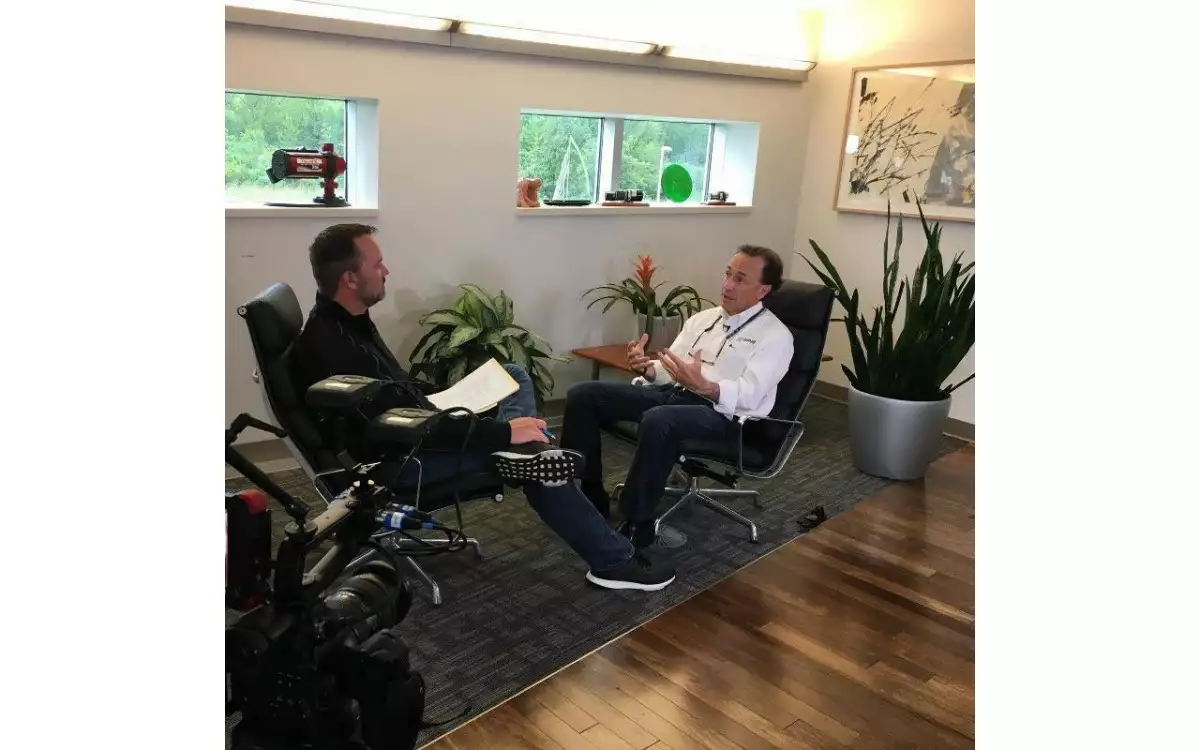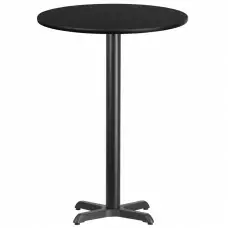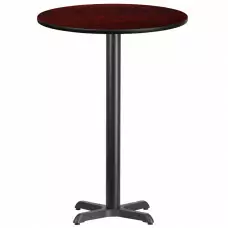We recently interviewed Scott Miller:
Scott Miller serves as FranklinCovey’s executive vice president of thought leadership. He is the host of On Leadership with Scott Miller, a weekly leadership webcast, podcast, and newsletter that features interviews with renowned business titans, authors, and experts. Scott also authors a weekly leadership column for Inc.com and is a regular contributor to Arianna Huffington’s Thrive Global and the American City Business Journal. He is the bestselling author of FranklinCovey’s Management Mess to Leadership Success: 30 Challenges to Become the Leader You Would Follow.
In his previous roles as executive vice president of business development and chief marketing officer, Scott led the global transformation of FranklinCovey’s brand. Prior to that, he served as general manager of client facilitation services and general manager of FranklinCovey’s central region. Scott joined the Covey Leadership Center in 1996 as a client partner with the Education division.
Can you give a quick overview of what you do professionally and why you do it? What do you find most meaningful about your work?
Scott: I serve as the executive vice president for thought leadership at FranklinCovey. In this role, I host several podcasts, am the author or co-coauthor of numerous books including the recent #1 new release on Amazon, Management Mess to Leadership Success: 30 Challenges to Become the Leader You Would Follow.
Additionally, I author a weekly leadership column for Inc.com and a monthly article for Thrive Global. I have worked with FranklinCovey, a global leadership development and performance improvement company for 23 years and have responsibility for high lighting and distributing our thought leadership around the world.
Beyond leadership development, FranklinCovey has additional expertise in strategy execution, building high trust and high-performance cultures, increasing productivity, and sales performance. Each of these areas have experts that author columns, keynote conferences and events, and author bestselling books. I am continually looking for new ways to help our clients access our expertise, so they can build cultures that become their competitive advantage.
How important do you believe company culture is to an organization’s success? Without naming the companies, can you give examples of good cultures you have worked in and bad cultures you have worked in and how they have led to positive and negative results respectively?
Scott: Culture is arguably the only true asset any organization has that can’t be copied or stolen. Everything else can, in fact, be replicated, except your organizational, culture, which is loosely defined as how the vast majority of people behave the vast majority of the time.
More specifically, your culture truly determines your success at recruiting and retaining the industry’s best talent, and your leaders are the linchpin in building high-trust, high-performance cultures. We know quite definitively that most people who quit don’t, in fact, quit their jobs, rather they quit their boss and their company’s culture. Great cultures are absolutely driven from the top.
The CEO owns the culture and how she or he behaves daily sets the standard for everyone else in the organization. Every tweet, text, email, speech, meeting, and conference call sets the culture. The walk to the bathroom looking at a phone and passing eight associates also sets the culture. Beyond the CEO, every leader sets the culture of their team.
What is the company that you have worked for or with that you believe has the best culture and why? What can other companies do to emulate their success?
Scott: It’s no surprise that I’m a massive champion of FranklinCovey’s culture. What is somewhat unique to our organization is that we are exceptionally deliberate with our culture. We don’t leave it to chance. All our leaders are clear on the company values and what behaviors align or misalign with their role in building culture as our own competitive advantage.
We have an oft-repeated phrase we use often to describe our own culture, which is “A workplace of choice, for achievers with heart.” Our leaders know that their top roles are to live the organization’s values, to recruit, and perhaps most importantly, to retain talent.
What is the company that you have never worked for or with but believe has the best culture? What are about that company’s culture do you admire from afar?
Scott: I truly admire the culture of Chic Fil A. There’s a reason why the average store revenue is more than twice any other competitor. In a recent interview with one of their partners, I learned one of their key challenges is store refrigeration to inventory enough chicken to meet customer demand.
Don’t we all wish this was our largest challenge − storage of our products to meet our customer demand.
I admire their focus on customer satisfaction, the investments they make in the outside education of their associates, and their overall franchise model. It’s one of the best-run organizations I’m aware of, all while honoring one of their key values, which is to close on Sundays – no exceptions.
Describe your office environment and how it relates to your company culture. Give us a feel for your office design to the intangibles.
Scott: FranklinCovey has only one US office that is based in Salt Lake City, Utah. As we modernize our culture and become more accommodating to our diverse workforce, we focus more on providing individuals what suits their own specific needs, such as a workspace that meets an overall ascetic or interior design.
That’s isn’t to say we’re a hodgepodge, but we generally empower people to create their workspace in ways that maximizes their own productivity.
What do you believe are the key elements to creating and maintaining an uplifting office environment?
Scott: Every culture is different, due to so many factors. Your leaders need to be clear on the role they play in your culture and daily environment. Consider these elements:
- Everyone wants to be recognized – but perhaps in different ways. Pay the price to find out what is important to them.
- Everyone wants to play a winnable game. Can people win? Do they know if they’re winning or losing?
- Don’t shy from high-courage conversations. Invest the time and have the guts to discuss the undiscussables.
- As leaders, reject the need to be the smartest people in the room in a meeting. Create a culture where people can feel smart, take risks, and stretch and grow their skills.
What is your best advice on maximizing productivity in the office?
Scott: Beware of your own bias towards the urgent vs the important. Consistently ask yourself, perhaps even several times daily, “Is this the highest, most leveraged use of my time? Is what I’m currently working on returning the most value to my team and organization?”
With a constant flow of tempting distractions and a sea of unlimited choices, decision management has become a key leadership competency. The importance of your “to-do list” is only eclipsed by your “not to do” list.
What is your best advice on effectively managing others?
Scott: Don’t manage others. In fact – lead them. The differences may be subtle but remind yourself of the advice from Dr. Stephen R. Covey, author of the epic bestselling book, The 7 Habits of Highly Effective People, “Manage things, lead people.”
Leaders need to recognize that relationships are the crux of every culture – building high trust among your colleagues is a key part of your contribution. Slow down, take your time, listen intently, demonstrate empathy –show you care. Again – to quote Dr. Covey, “With people, slow is fast, and fast is slow”.
What workplace trends do you see on the horizon? Leave us with three things we should be on the lookout for.
Scott: Flexibility is key. Office hours from 8 to 5 are a thing of the past. The global economy has forced nearly 24-7 availability for many of us. So, in exchange for our near-constant availability, we require increased flexibility in most aspects of our roles.
Lookout for:
- Very different norms in how younger generations like to work.
- With unemployment at a record low, be aware that your top performers are being recruited daily by your competition. Act accordingly.
- Culture will continue to be a key reason that employees join or leave your organization. Don’t leave it to chance. Become more deliberate in creating the culture that’s right for your entire organization.









